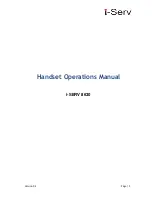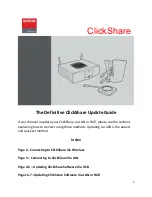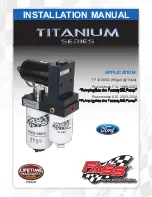
primarily include seat belts, ideally supplemented by seat belt emergency tensioning
devices with force limiters where appropriate, and with air bags.
The protective capabilities of these systems can only be fully realized if seat belts are
used on every trip: always buckle up everyone and then drive. Wearing a seat belt alone
can prevent many injuries or lessen the severity of injuries in various types of accidents,
whereas an air bag on its own cannot provide the same degree of protection, since it is
designed only to supplement the protective effect of the seat belt afforded to an occupant
properly wearing a seat belt in certain types of accidents. Consequently, the air bag and
related seat belt emergency tensioning device systems in Mercedes-Benz vehicles are
called a Supplemental Restraint System (“SRS”). While the seat belts and air bags in
combination provide substantial protection in accidents, injuries and even fatalities can
nevertheless occur in accidents exceeding the protective capabilities of these safety
systems. To name only one example, properly worn seat belts and deploying air bags
even in combination cannot generally prevent the risk of injuries from intrusions into the
passenger compartment.
Seat belts are vital.
The seat belt is the single most important
restraint system in the vehicle. When worn
correctly, it reduces the possibility or
severity of the occupant striking the
interior of the vehicle or the likelihood that
the occupant will be ejected from the
vehicle in an accident. A properly worn
seat belt also helps to hold the occupant in
the proper position in relation to the air bag
so that the occupant can benefit from its
deployment, if required.
Furthermore, failure to properly wear a seatbelt increases the possibility of injury from a
deploying air bag. All occupants must therefore properly fasten their seat belts before
every trip. See your operator’s manual for additional information regarding proper seat
belt usage.
Emergency tensioning devices and seat belt force limiters.
The front and some outboard rear seat belts are equipped with emergency tensioning
devices (ETDs), some with belt force limiters. When deployed in an accident, an ETD
takes up slack on the seat belt to help increase the effectiveness of the seat belt by
allowing restraining contact between the belt and occupant earlier in the accident
sequence. However, an ETD cannot rectify incorrect seating positions, nor can it adjust
incorrectly worn seat belts or pull occupants back into the seat backrest.
3
Summary of Contents for SEAT BELTS AND AIRBAGS
Page 1: ...SEAT BELTS AND AIRBAGS ...





























